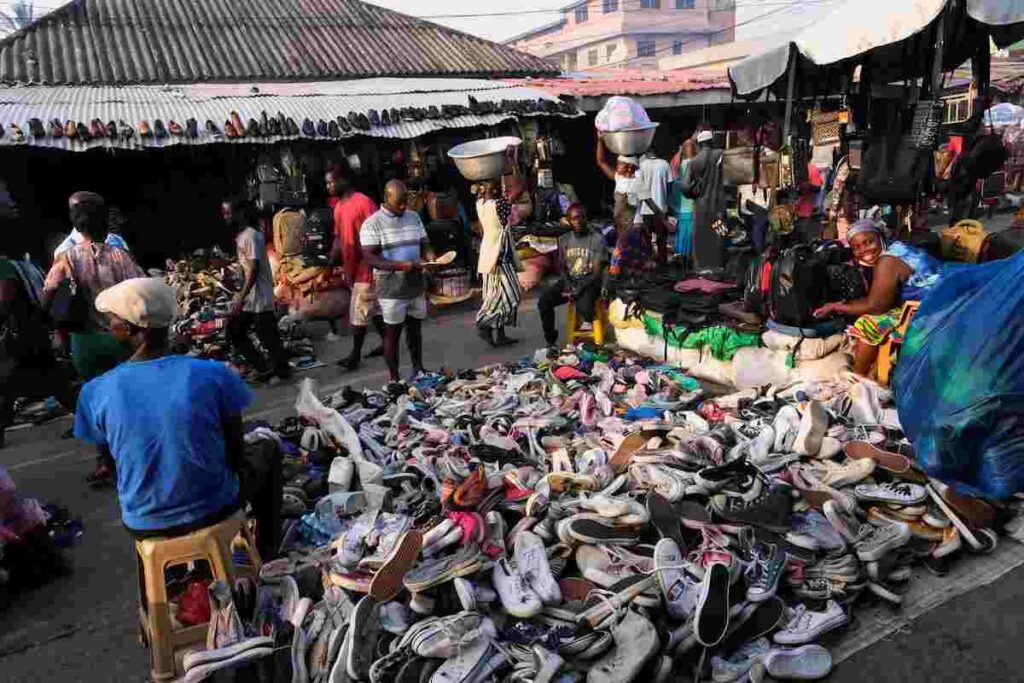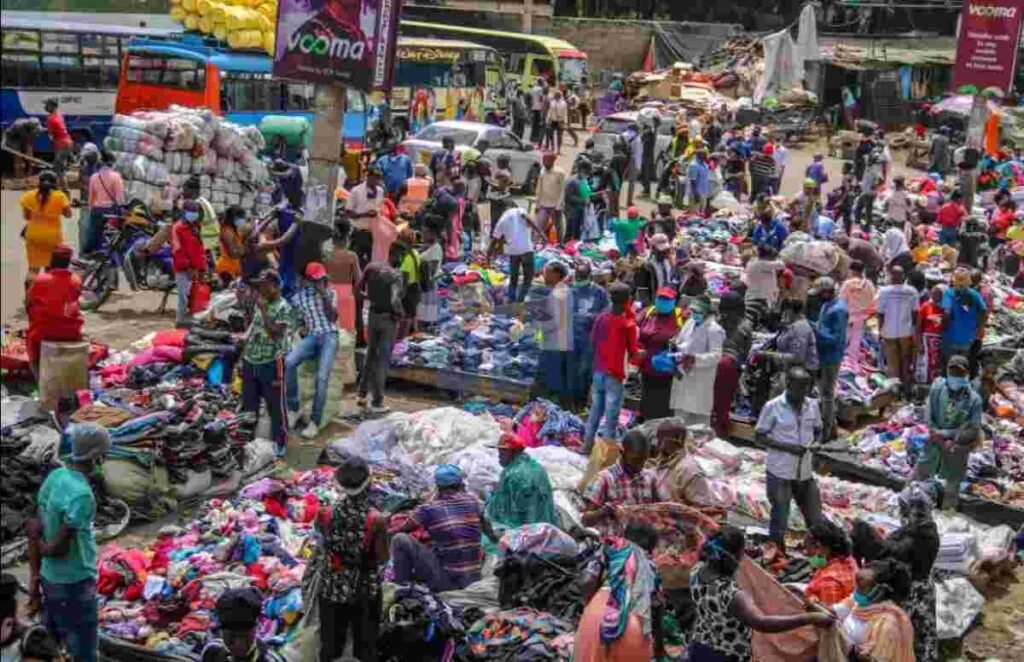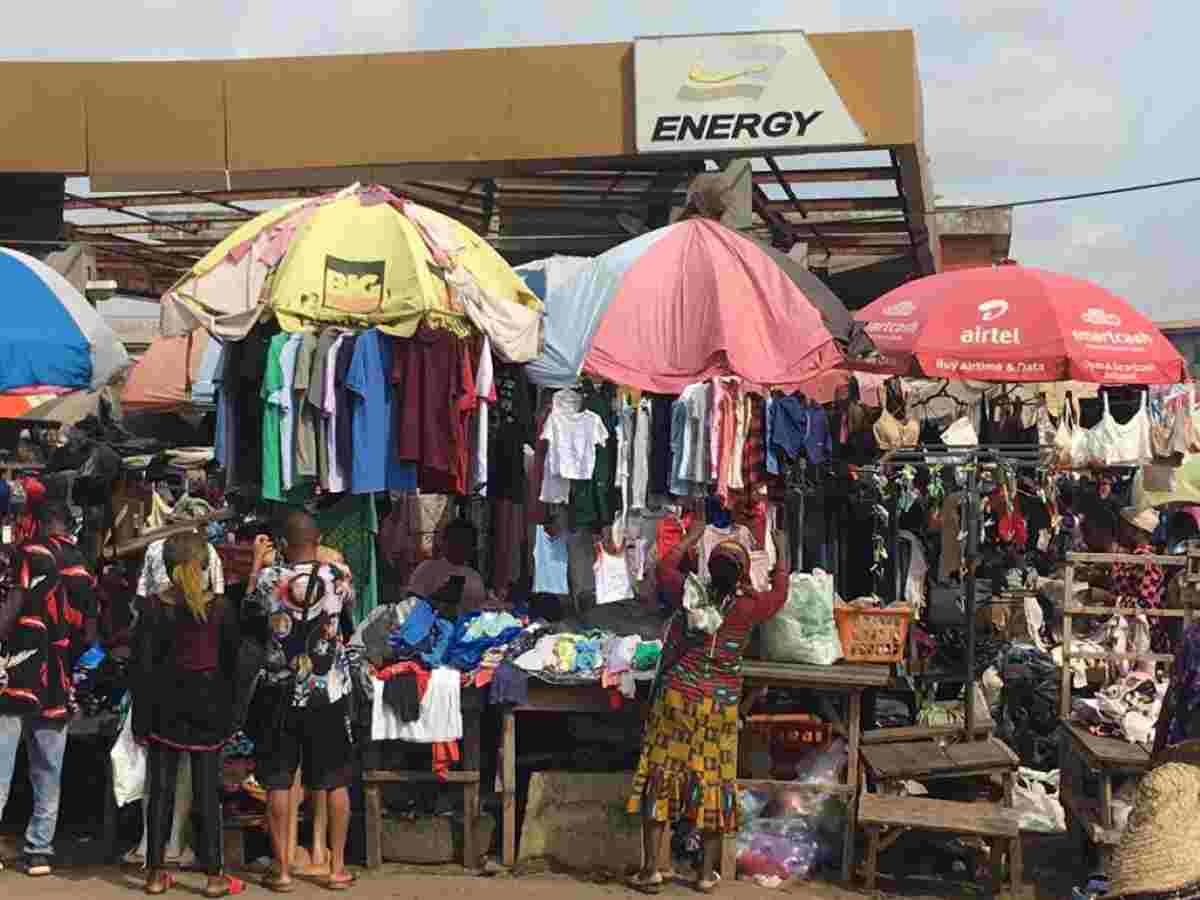At a Glance
- Kenya now leads Africa’s fast-growing second-hand clothing imports, topping $298 million in 2023.
- Thrift markets support millions of jobs across major cities including Nairobi, Accra and Lagos.
- Governments face pressure to balance cheap imports with plans to rebuild textile industries.
Africa’s second-hand clothing economy is expanding at a pace that now rivals parts of the formal retail sector, reshaping how people shop and work across the continent.
What began as a modest alternative for low-income households has grown into a consumer force anchored in some of Africa’s busiest open-air markets, from Nairobi’s Gikomba to Accra’s Kantamanto and Lagos’s Katangua.
Across major cities, shoppers crowd open-air stalls for affordable everyday wear, branded pieces and vintage finds that cost a fraction of new clothing.
The demand has surged as living costs rise and wages lag, turning thrift markets into an economic lifeline.
At the same time, the trade’s expansion has stirred debate over waste, imports and the future of local textile production.
For millions of families and workers, the thrift economy is not just a shopping alternative but a source of income.
It supports a vast network — from port handlers and transporters to small-scale traders — that keeps large urban markets running.
In many countries, the sector is now part of the social fabric, providing work where formal jobs remain scarce.
As policymakers look for ways to revive domestic manufacturing, they face a difficult balance.
Cheaper imports help millions dress affordably, yet they also complicate efforts to rebuild textile industries and clean up mounting clothing waste.

Kenya leads a shifting market
New figures from the Massachusetts Institute of Technology highlight how quickly the landscape is changing.
Kenya has overtaken Nigeria as Africa’s top importer of used clothing.
The country brought in about Sh38.5 billion in 2023 — roughly $298 million using the current average 2025 exchange rate.
Ghana, South Africa, Uganda, and Nigeria follow closely, with imports ranging from $209 million to $235 million.
Together, these five countries bring in nearly $1.2 billion in second-hand clothing each year, a figure that does not account for the large volume of informal trade that moves outside official channels.
In Kenya alone, the industry supports an estimated two million people. At Gikomba, one of Africa’s largest thrift markets, roughly 100,000 metric tons of clothing move through each year.
The trade generates more than $100 million in customs revenue and fuels thousands of small stalls and transport jobs.

Balancing costs, jobs, and waste
Despite its economic weight, the sector exposes gaps in Africa’s textile and apparel capacity.
Manufacturers in Kenya say competition from low-priced imports limits their ability to scale.
Ghanaian officials and environmental groups warn of rising textile waste, as unsellable items end up clogging drains, washing onto beaches, or filling landfills.
The trade is tied to a global supply chain in which discarded clothes from the United States, Europe, and parts of Asia are collected, sorted, and shipped to African ports.
Markups rise along the way, but the final retail price stays low — often lower than locally produced garments.

A growing sector facing hard choices
Governments continue to debate tougher restrictions, but Nigeria’s experience shows the limits of such policies: despite its ban, second-hand garments remain widely sold in markets across the country.
As the African Continental Free Trade Area expands, the thrift economy will continue shaping how people dress and make a living.
The key question for policymakers is whether the sector’s growing footprint can be used to strengthen domestic textile industries — or whether the continent will remain a major destination for the world’s discarded clothing, along with the opportunities and the challenges it brings.





